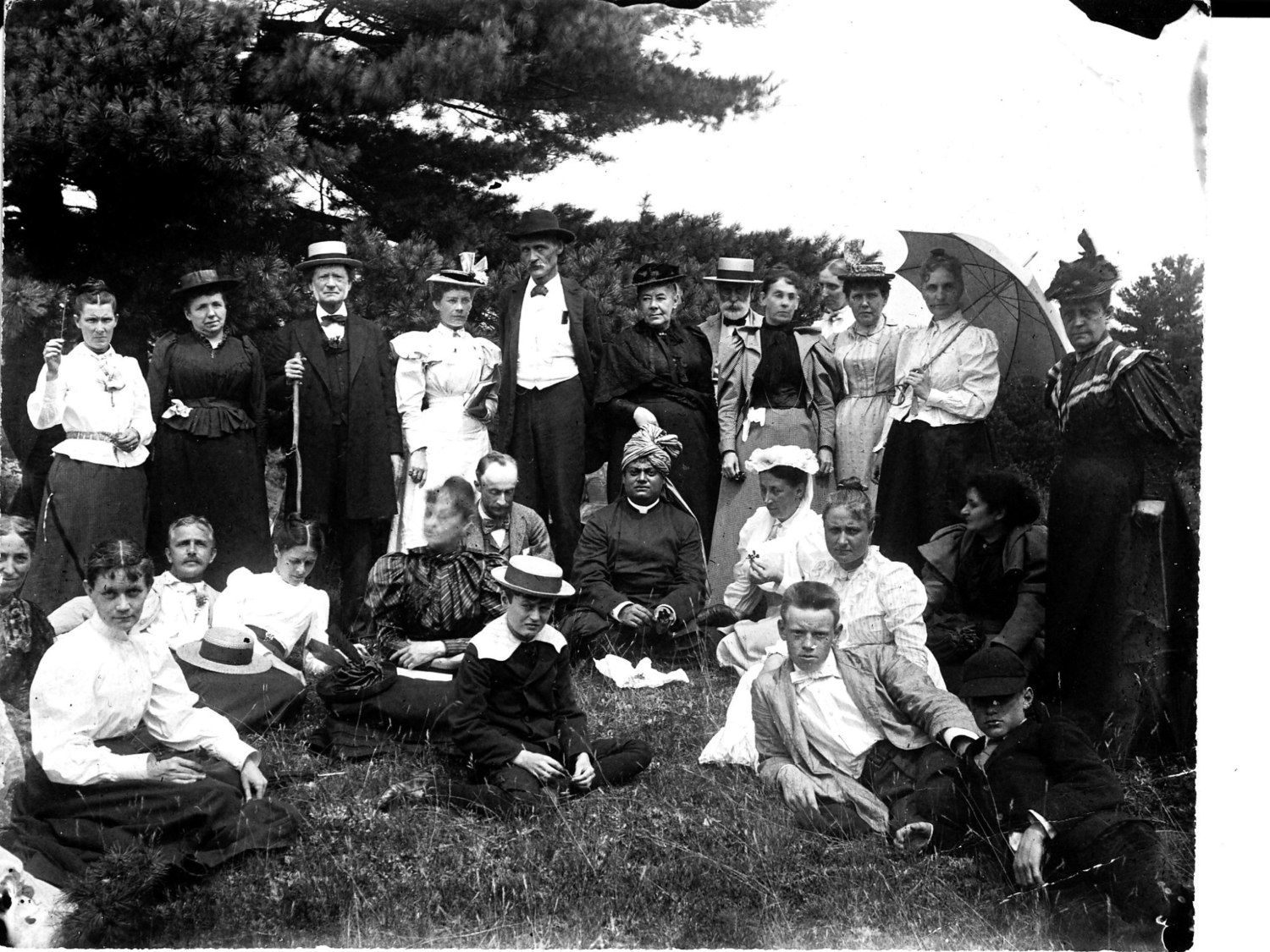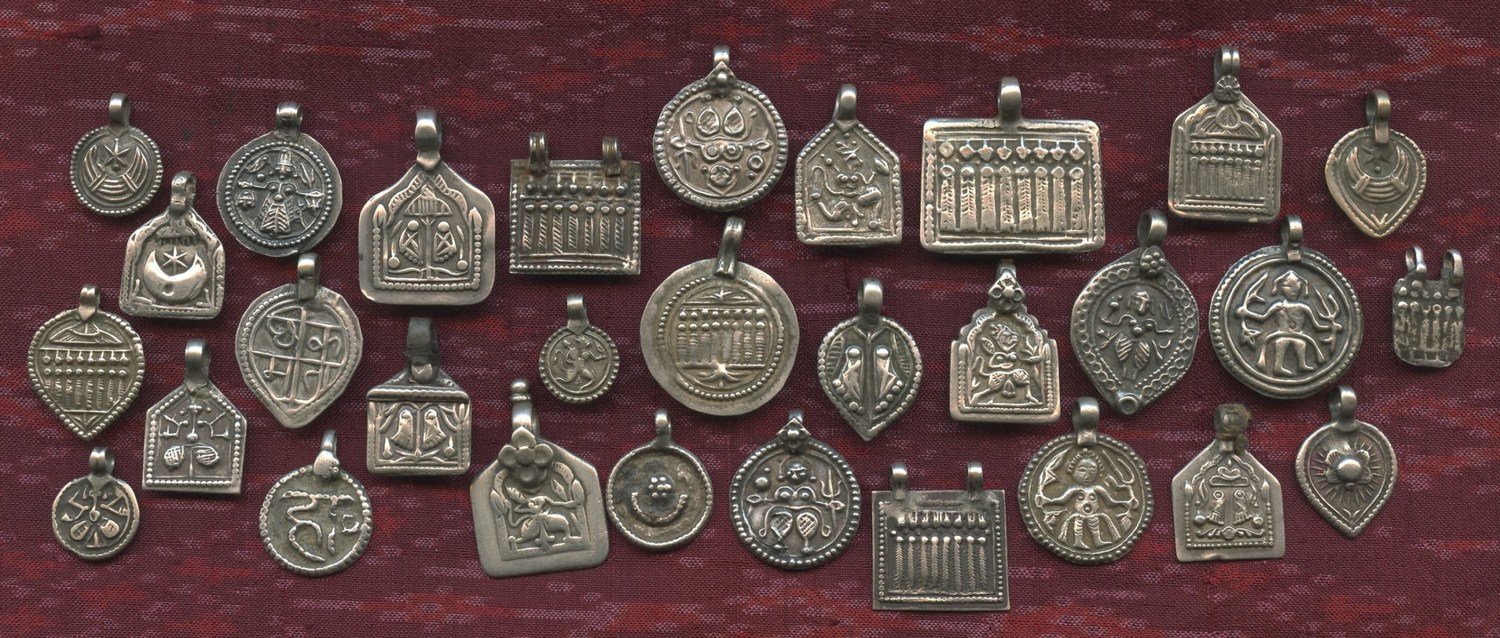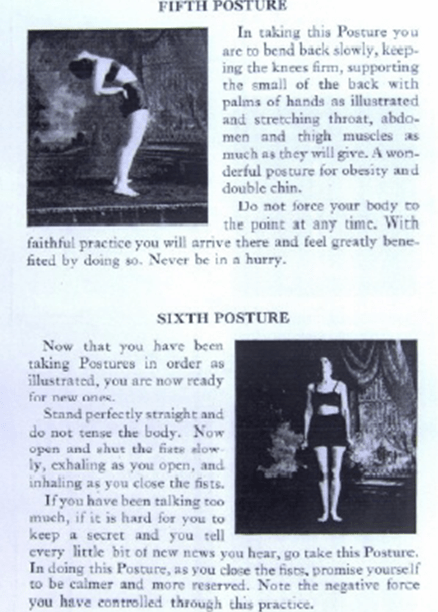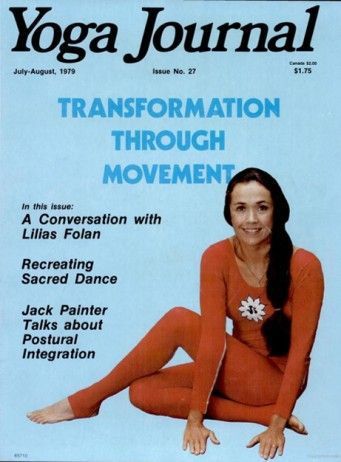I work in the “yoga industry”—and—unlike most industries, except nursing, housecleaning or elementary-school teaching (among some others)—this field’s been female-dominated for decades.
Of course, yoga originated in India thousands of years ago, and men managed the whole shebang there.
It wasn’t until 1893 that yoga came west and fell almost completley into women’s hands.

That year, a bloke named Swami Vivekananda (1863 – 1904) chatted up Chicago’s World Parliament of Religions, got everybody hot and bothered, then toured America’s mountains and plains, publishing books and founding ashrams.
He gathered gobs of fans.
Most of them gals.
They weren’t captains of industry, but many had rich husbands—living, or dead. They sponsored Vivekananda and beta-tested yoga.
He taught them chants.
He taught them breath practices.
And—few know it—but he also taught them poses.
It was through these women that yoga got off to the races in the West.
————————————————–
But it’d take more than 75 years for yoga to rage in the marketplace.

In the 1800s, there existed a slim market for eastern-themed statuettes of yogis, yogic gods, Hindu charms and Hindu trinkets, and the transition from open spiritual ritual to paid secular stretch class would be slow—and never complete.
In its first days, the main business opportunity was from the sale of books and a smattering of tuitions from classes that were often just inflected by yoga—or if labeled “yoga,” they were limited by misrepresentation, misunderstanding or eager adaptation to the mainstream.
It wasn’t until Pierre Bernard (1875 – 1955) founded a chain of 10 yoga studios in New York in 1911—and a high profit yoga retreat center in 1924—that yoga collected any significant money for anybody.
After Bernard passed from the scene, the world would have to wait 45 years for anybody–man or woman–to seriously capitalize on yoga again.
————————————————–
As far as women in the modern era go, we can travel back to 1784, and see the scholar, Hannah Adams (1755 – 1831) publishing, An Alphabetical Compendium of the Various Sects—which discussed Hindu practices.

Meditative yoga was promoted by Helena Blavatsky (1831 – 1891) when she founded the Theosophical Society in 1875. After that, she pretty much single-handedly manifested an international atmosphere conducive to yoga by her stirring presence and paradigm-shifting books, including: Isis Unveiled (1877) and The Secret Doctrine (1888). Theosophical lodges peppered the planet, and begged significant business savvy to lead.
By 1894 there were 84 of them in North America alone.
Yoga’s mental and physical health benefits had been touted as early as the 1880s by figures like Annie Payson Call (1853 – 1940) and Genevieve Stebbins (1857 – 1934) through the use of yoga’s precepts in the Harmonial Gymnastics tradition. They taught classes and—in total— published 15 books (with titles like, Power Through Repose, Nerves and Common Sense and Dynamic Breathing and Harmonic Gymnastics).

Their brand of embodied spirituality associated itself with, “The higher rhythmic gymnastics of the temple and sanctuary where magnetic power, personal grace, and intellectual greatness were the chief objects sought,” and cited the “Brahmins and Yogis of India.”
But they didn’t call their yoga-like activity “yoga.”

Cajzoran Ali expressly taught yoga classes and published her bizarre, Divine Posture Influence upon the Endocrine Glands in 1928, but the first legit yoga manuals by women would have to wait till the 1930s to appear.
In ‘31, Mollie Bagot Stack (1883 – 1935) put out, Building the Body Beautiful: The Bagot-Stack Stretch and Swing System, and in ‘34, Sita Devi Yogendra (b. 1912) published Yoga Physical Education for Women in India.
Yogendra taught classes at her yoga health center outside Mumbai, and Stack’s system—that she’d partly learned from a pandit in India in 1911—was a sort of vinyasa yoga (though not named as such) that became a massive movement in Britain and got performed both at stadium-filling rallies and the ‘36 Berlin Olympics.
A “family business” of sorts, her daughter, Prunella (1914 -2010), enlarged Stretch and Swing’s already-significant influence after Mollie’s demise in 1935.
————————————————–
It took a disciple of Pierre Bernard, his wife Blanche Devries (1892 – 1984), to become the first woman to own a dedicated yoga studio (opened in New York, in 1938).
It did not make great waves, but another one, opened by an enterprising femme du capital on the left coast, did—in 1947.
Indra Devi (whose name means “King-of-the-Gods-Goddess”) opened the most famous yoga studio of her era in Hollywood, California, that year (simply called, “The Indra Devi Yoga Studio”).
It drew starlets of all ages and every level of fame.

Ruth St. Denis, Olivia de Haviland, and Greta Garbo were all part of Devi’s high-profile parade.
She inflected yoga with something new.
She combined it with a rash of health practices, including eating whole foods, enjoying fresh air and employing nature cures.
————————————————–
Spurred by her and others, yoga would inch slowly forward in the 50s with books written by both women and men. These would lend comfort to an emerging counter-culture that pressed against the white-bread orthodoxy that dominated the mid-century.

Hot-selling female authors of the missile-mad 1950s included the Hungarian, Elisabeth Haich (1897 – 1994), who authored Initiation, and Yoga and Health—both in ‘53. Devi herself “book-ended” the decade with Forever Young, Forever Healthy in ‘50 and Yoga for Americans in ‘59. The DeVries student, Clara Spring (1899 – 1989) offered a manual in 1959, too: Yoga for Today. (Note the unmistakable newness, youthiness, and United-States-iness in these titles—sure symbols of a time when America, unblemished by war-wreckage or doubt, walked freshly into the Atomic Age . . .)
Late in the decade, Swami Sivananda Radha, (1911 – 1995) an enterprising Canadian (oh my!) followed an ethereal prompt to re-settle in India and study with Swami Sivananda Saraswati (1887 – 1963) in Rishikesh.

Returning home in ‘57, she became the maven of four longstanding yoga enterprises in British Columbia: Yasodhara Ashram, the Yoga Vedanta Bookstore, Timeless Books publishing house, and Ascent Magazine.
All these were non-profits, but if she had chosen profiteering over preaching, she’d surely be held dear as a straight-up entrepreneur.
————————————————–
As the calendar flipped to 1960, Devi flitted to Moscow to pow-wow with Andrei Gromyko about making yoga legal in the Union of Soviet Socialist Republics. Their talks went well (raised in Latvia, Devi spoke fluent Russian), and—in a business-woman’s coup—she gained permission to put out her books in Soviet Russia.
The Hippie-dippie, DIY attitude of the 60s enriched yoga bigtime, even as the “industry” aspect of it remained infinitesimally small.
These Youth Movement years were a continuous cavalcade of riots, rock ‘n roll, and romps in the hay, but at some point in the fresh-minted 70s, the baby-boomers took a chill-pill and the “me-decade” took off.
Those years saw millions of lapsed long-hairs amping up their navel-gazing and re-upping their cult memberships. In 1975, six women—Rose Garfinkle, Jean Girardot, Judith Lasater, Janis Paulsen, and Rama Jyoti Vernon—and one dude—Willian Staniger—founded Yoga Journal, and it proved to be a clearing house for the hot new “Spiritual Marketplace” of the era.
It was a niche where women would thrive.

The Whole Earth Catalog’s listings and the Yoga Journal’s classified ads were the tradefloor of a female-inflected New Age marketplace that sported ventures like “Eva Reich’s Holistic Life Seminars,” “Hillary Anderson’s Oracular Dimension Workshops,” and “Ilyana Lorienne’s Psycho-Spiritual Counseling through Astrology.” (True! I didn’t make this up!)
Arguably, this unregulated mystical enthusiasm has settled into more a masculine, cash-savvy culture as the gymed-up yoga 80s, Madonna-asana 90s, and mainstreaming of yoga in the New Millennium have come to pass.
The yoga studio business, in particular, is a province where female ownership creeps toward 90%, and what was once funky, flakey and frankly spiritual in Yoga Journal before 1990, soon morphed into a fortnightly dose of yogasploitation in the form of health-minded gal culture: fatless foods, jogs with your dog, and ads for kickass yoga pants.
————————————————–
Guys are sure gettin’ it, but this practice is a girley world more than ever, as the production of yoga sportswear, yoga tchotchkes and yoga potations is everywhere spearheaded by gentlewomen in capital gains mode.

Yoga has been propagating beyond India for more than 120 years now, and Lakshmi keeps culling loads of yogawares from her ever-fecund oven for everyone eager to own new yoga props, new yoga programs, and new yoga ideas.
Relax lads, she’s got this.
Don’t get me wrong! Men still bring it in the “Yoga Industry,” but the ladies—like many-armed Kali—have a couple extra hands at the wheel.
Originally published at prasanayoga.com

